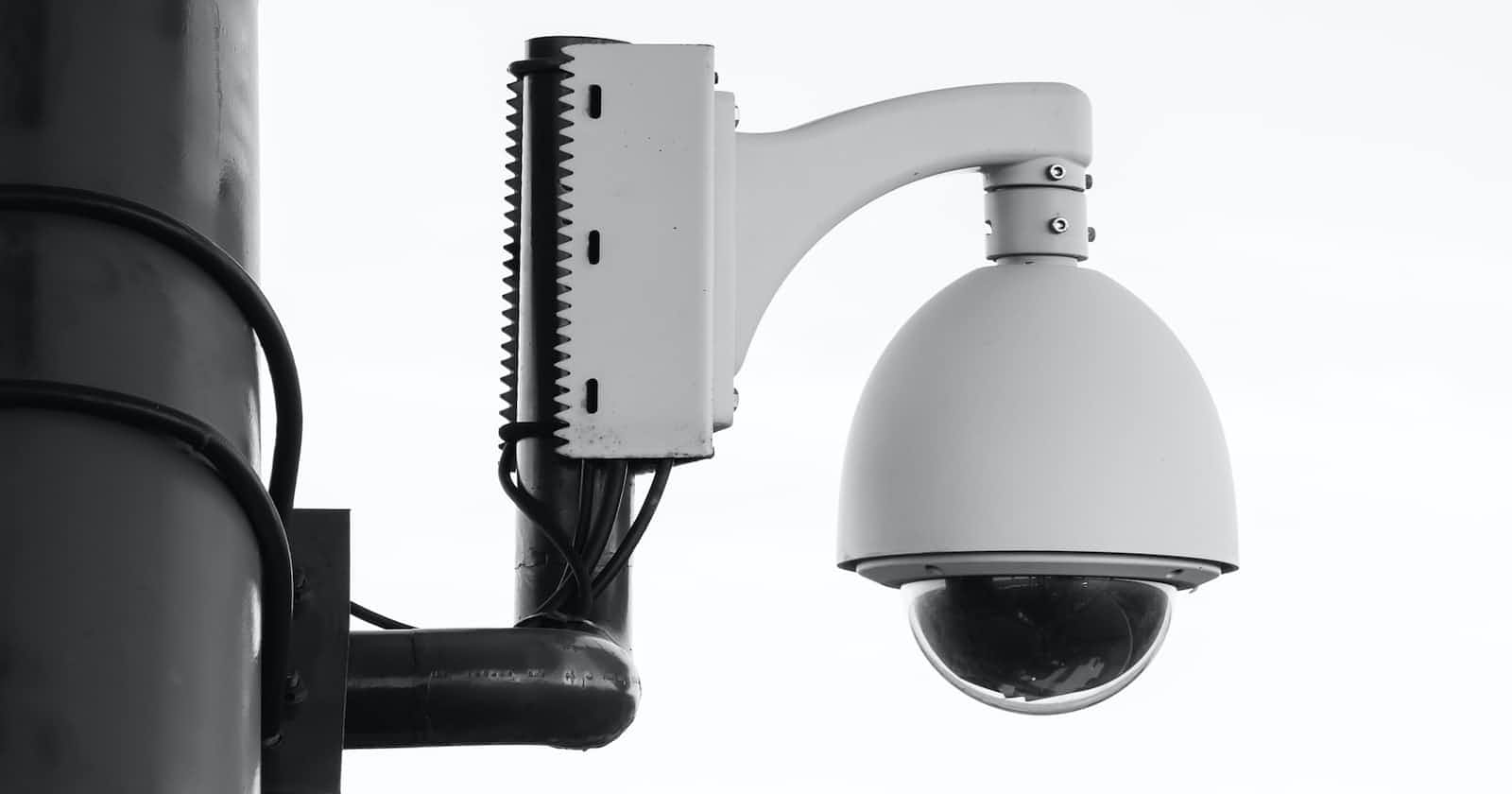Table of contents
No headings in the article.
steps need to follow - a Security-first Mindset: Security must be a top priority throughout the software development lifecycle, from the initial planning stages to deployment and beyond.
Embrace Automation: Use automated security testing tools to identify vulnerabilities and potential security risks as early as possible in the development process.
Implement Security Controls: Integrate security controls into your CI/CD pipeline to prevent vulnerabilities from being introduced into your code.
Implement a Code Review Process: Conduct regular code reviews to ensure that security practices are being followed and that there are no security gaps in the code.
Conduct Regular Security Testing: Regularly perform security testing to identify vulnerabilities, assess risk, and ensure that your software is protected against cyber threats.
Establish Secure Deployment Practices: Implement secure deployment practices to prevent unauthorized access and ensure that software is deployed only to authorized environments.
Monitor and Respond to Security Incidents: Establish procedures for monitoring and responding to security incidents, including incident response plans, monitoring tools, and protocols for reporting and responding to security incidents.
Provide Security Training: Provide security training to all members of the DevOps team, including developers, testers, and operations personnel, to ensure that everyone understands the importance of security and is aware of best practices.

